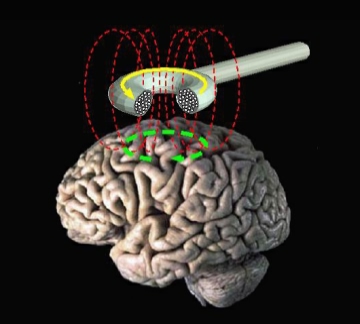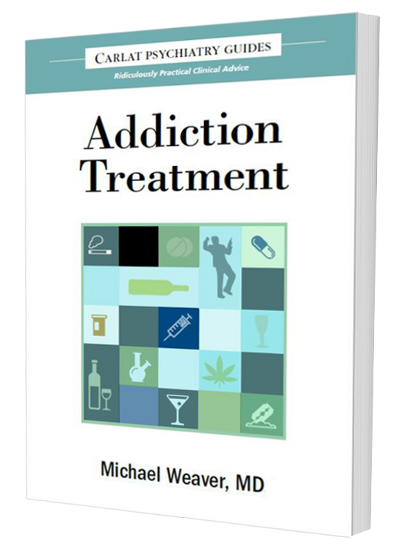After skeptically covering this technology for almost a decade, I’m finally convinced that it actually works. A recent systematic review, funded by the U.S. Government and written by authors with no ties to any TMS company, endorsed the technology pretty strongly. They found that for patients who were treatment resistant (those who had not responded to at least two antidepressants), TMS was three times as effective as the sham (placebo) control group.
Admittedly, it’s a little creepy and science-fictiony that we are in an era when magnetic stimulators are actually effective for changing our moods. But so be it.
Now that we have an effective device in psychiatry, it’s kind of fun to see these manufacturers competing for market share. There are already two TMS devices on the market: NeuroStar and Brainsway.
Over the past couple of months, two new companies have jumped into the fray. I received this letter from a company called Magstim, announcing their new Rapid 2 Therapy System. Without going into too many technical details, this device, as you can see below, looks like a glorified dental chair with a sleek brain stimulator attached.
 |
| Magstim |
 |
| MagVita |
As is turns out, these two upstarts are threatening to shake the nascent TMS industry to its core. Why? Because they are entering the market with an offer that’s almost impossible to refuse: no per-use fee. Both Neurostar and Brainsway charge a bundle of money up front to buy or lease the device, then they charge an extra $100 or so per treatment for disposable “shields” which aren’t actually necessary. They are simply income generators.
Magstim and MagVita are chucking those shields—saving doctors thousands of dollars in pointless charges.
What does this mean for patients? Probably that the treatments will be more affordable—more insurers will cover the cheaper Magstim and MagVita devices, and patients who must pay out of pocket will have less sticker shock. And what does this mean for Neurostar and Brainsway? Lots of anxiety, and deep discounts to try to keep up with Magstim and MagVita.
Want to learn more about neurostimulation devices?
The July/August issue on “Interventional Psychiatry” offers an overview of this fast-changing world and is available as an individual purchase which includes 2 category 1 CME credits.
- Summary of neurostimulation methods, including: transcranial magnetic stimulation (TMS), magnetic seizure therapy (MST), vagus nerve stimulation (VNS), transcutaneous vagal nerve stimulation (tVNS), transcranial direct current stimulation (tDCS).
- Expert Q&A on the past and future of TMS with Dr. Mark George of the Brain Stimulation Laboratory at the Medical University of South Carolina.
- Expert Q&A on what it means to be an "interventional psychiatrist" with Dr. Nolan Williams of Stanford University.
- Review of the Fisher Wallace and Alpha-Stim devices as treatment options for depression.
- A practical guide on which TMS device you should buy (if any) for your practice.











